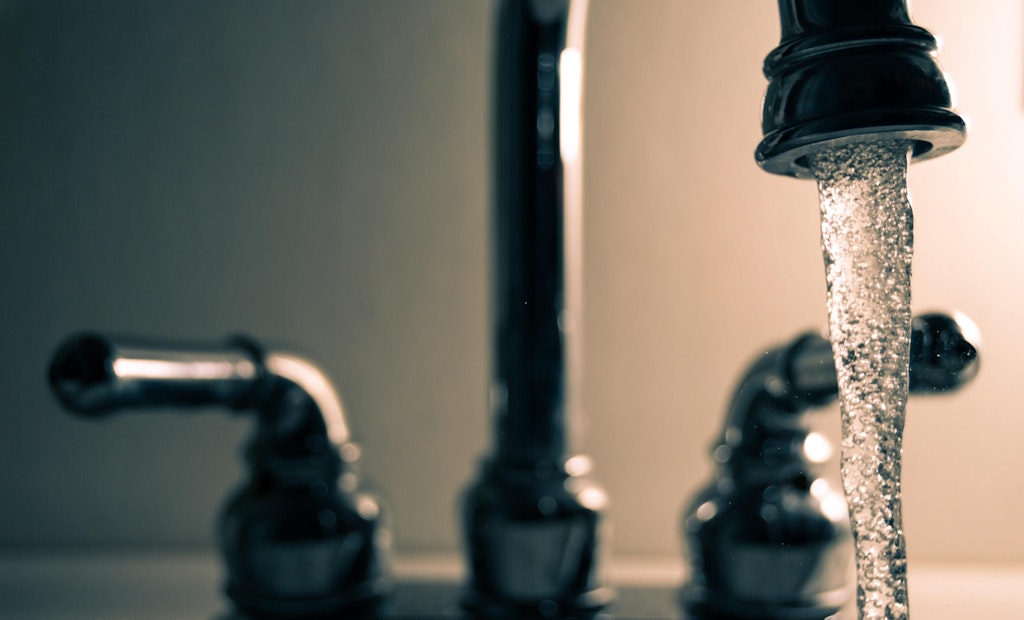It’s no secret that water quality is negatively impacted by water age in distribution and building systems, and the negative impacts can ultimately affect public health.
In a recent virtual training session, Dr. William Rhoads, research scientist at Virginia Tech, explains how...






